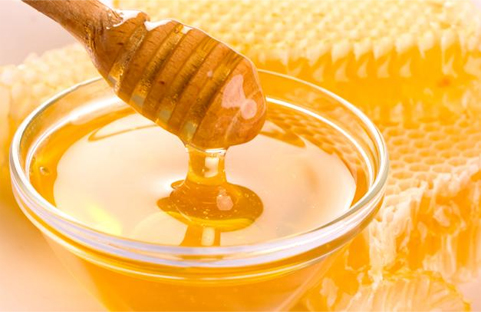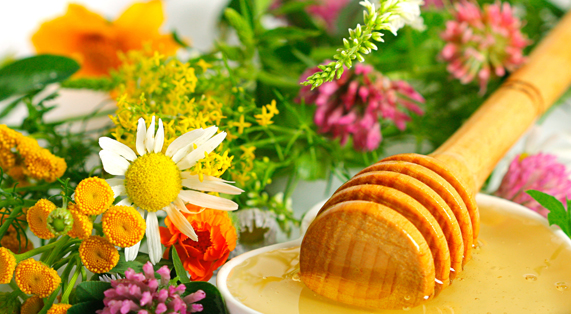تقييم حقلي للسلوك الصحي في نحل العسل (Hymenoptera: Apidae) Apicultur and Social Insects Field Assays for Hygienic Behavior in Honey Bees (Hymenoptera: Apidae)
تقييم حقلي للسلوك الصحي في نحل العسل (Hymenoptera: Apidae)
Apicultur and Social Insects
Field Assays for Hygienic Behavior in Honey Bees (Hymenoptera: Apidae)
MARLA SPIVAK ANDDANIELLE LAURA DOWNEyl
Department of Entomology, 219 Hodson Hall, University of Minnesota, St. Paul, MN 55108 J. Econ. Entomol. 91(1): 64-70 (1998)
السلوك الصحي في نحل العسل Apis mellifera L. هو ميكانيكية لمقاومة الأمراض وشكل دفاعي ضد الحلم المتطفل Varroa jacobsoni Oudemans . النحل صاحب صفة السلوك الصحي يقوم بإزالة غطاء الحضنة المصابة وإزالتها من عش الحضنة, نشر وتزايد الطوائف التي تقوم بمقاومة مرض الحضنة الطباشيري وتحجر الحضنة الأمريكي والتي تقوم أيضا بإزالة اليرقات المصابة بحلم الفاروا أصبح مهما بشكل واضح في عالم النحالة. وهذه التجربة تقوم بتقييم اثنين من أكثر التجارب المستخدمة في فحص وكشف الطوائف ذات السلوك الصحي, الحضنة الميتة المجمدة والحضنة المثقوبة, وكلاهما يتعامل مع تحديد الوقت المطلوب من الشغالات لإزالة الحضنة الميتة المغطاة من إحدى قطاعات الحضنة, الطوائف المستخدمة في التجربة أعطت مدى واسع من مستويات التنظيف وتم توزيعها وتقسيمها كالتالي: ذات سلوك صحي وغير ذات سلوك صحي ومتوسطة في سلوكها, نتائج التجربة رقم 1 و 2 أوضحت أنه لا العمر ولا مصدر الحضنة المجمدة له تأثير معنوي على معدل التنظيف في الطواف ذات السلوك الصحي ( مثال على ذلك تلك الطوائف التي تقوم بإنتظام بعدمتغطية الحضنة المجمدة الميتة وإزالتها في خلال 48 ساعة) وفي التجربة رقم 3 فإنه فقط يوجد ارتباط ضعيف موجود بين ازالة الحضنة الصغيرة المجمدة والحضنة المثقوبة, ولكن وجد ارتباط معنوي وجد بين التخلص من يرقات قبل الإنسلاخ المتجمدة الميتة والمثقوبة. التجربة رقم 4 فحصت ووضحت سلوك الإستبعاد والإزالة للطوائف ذات السلوك الصحي والتي ليس عندها هذا السلوك, عندما يتم ثقب اليرقة بواسطة ممص الحشرة من حلال قاعدة العين السداسية ( وليس ثقب الغطاء الشمعي للعين ) فإنه لا يوجد إختلاف في عدد اليرقات التي يتم التخلص منها بين الطوائف ذات السلوك الصحي والتي ليس عندها هذا السلوك. وفي المتوسط فإن 30 % من كل اليرقات المثقبة تحملت المعاملة
ABSTRACT
Honey bee, Apis mellifera L., hygienic behavior is a mechanism of disease resistance and a mode of defense against the parasitic mite Varroa jacobsoni Oudemans. Hygienic bees uncap and remove diseased and parasitized brood from the nest. The propagation of colonies that demonstrate resistance to chalkbrood and American foulbrood and that remove pupae infested by Varroa mites is becoming increasingly important in apiculture. This study evaluates 2 commonly used field assays used to screen colonies for hygienic behavior: the freeze-killed brood and the pierced brood assays. Both involve determining the time required for worker bees to remove dead capped brood from a section of comb. Colonies in the experiment displayed a wide range of removal rates and were grouped as hygienic, nonhygienic, or intermediate. The results of experiments 1 and 2 indicated that neither the age nor the source of the frozen brood had a significant effect on the removal rate by hygienic colonies (i.e., those colonies that consistently uncapped and removed freeze-killed brood within 48 h). In experiment 3, only a weak correlation was found between the removal of young freeze-killed and pierced pupae, but a significant correlation existed between the removal of pre-eclosion freeze killed and pierced pupae. Experiment 4 examined cues that elicit removal behavior by hygienic and non hygienic colonies. When pupae were pierced with an insect pin through the base of the cell (without piercing the wax cell capping), there was no difference in the number of pupae removed by the hygienic and nonhygienic colonies. On average, 30% of all pierced pupae survived the treatment, which considerably diminished the accuracy and reproducibility of the test. When pupae were treated with hemolymph extracted from either a live or freeze-killed pupa, there was also no difference in the rate of removal by hygienic and nonhygienic colonies. These results indicate that bees from nonhygienic lines can be induced to express hygienic behavior only if a sufficiently strong stimulus is present. Both hygienic and nonhygienic colonies removed significantly more pupae treated with hemolymph from a dead pupa than hemolymph from a live pupa, indicating that the cue that stimulates removal behavior is stronger in dead pupae. It is concluded that the freeze-killed brood assay is the most conservative and reliable screening procedure for hygienic behavior. The following procedures are recommended: Randomly selected comb sections (5 by 6 cm each) of capped brood should be cut from 1 healthy colony, frozen, and introduced into the test colonies. The assay should be repeated at least twice. Only colonies that remove >95% of freeze-killed brood within 48 h in both tests should be considered hygienic. When developing hygienic breeder stock, the hygienic colonies should be challenged with the American foulbrood or chalkbrood pathogen to ensure resistance.
KEY WORDS honey bee hygienic behavior, chalkbrood, Varroa




